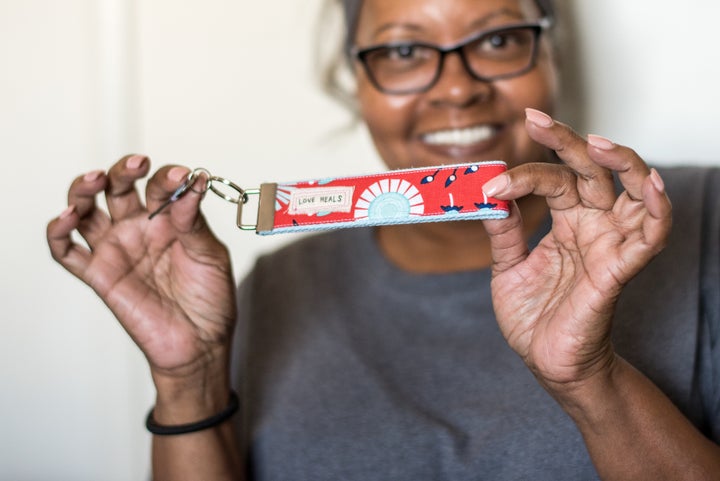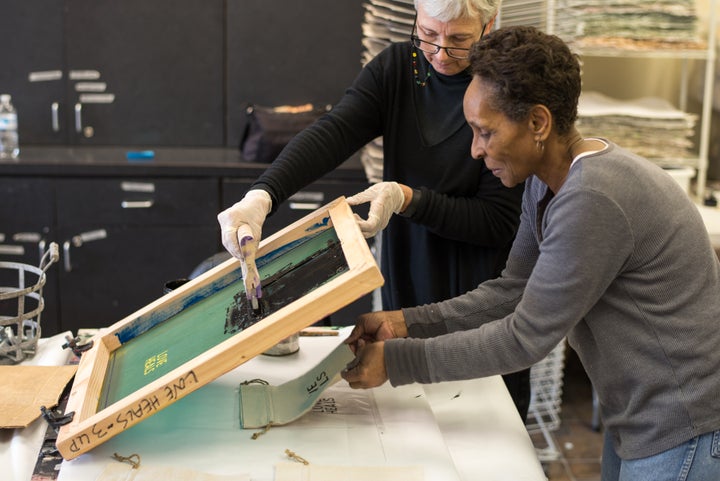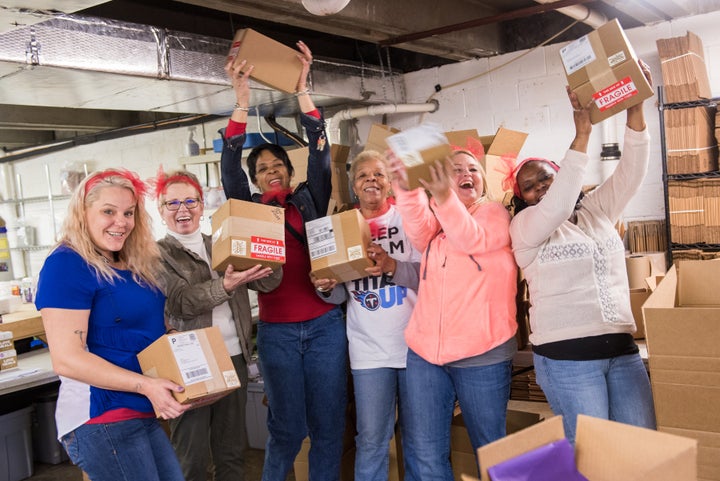Do we have to design for scale from the start?

Design for scale is a huge movement these days. In building social enterprises, we’re encouraged to design for scale from the start: build great repeatable models that we can replicate, franchise, micro-franchise, branch out or expand centrally to reach large volumes of people. Some of the most venerated examples of social enterprises are those that have served millions, such as the awe inspiring Aravind eye care system, often referred to as the McDonald’s of health; or the pioneering organizations we see in the portfolios of leading social investment organizations like Acumen.
Once in a while though, we stumble across a community based social enterprise that cannot be scaled, due to the very nature of its design, which is what makes it so effective in the first place. These kinds of organizations make us stop and think – are there certain situations and contexts when designing for scale can prevent us in getting the results we’re after, in serving hard to reach individuals and communities? If everything is designed for scale, won’t some people still fall through the cracks?
Case in point
A case in point is Thistle Farms, a social enterprise in Nashville, TN set up by Becca Stevens, a local priest. This non-profit takes to market hand crafted candles made by some of the most resilient women one could ever meet, selling globally through an e-commerce platform.
Becca first started with street outreach – literally pounding the pavement on her own – to reach women who were seeking shelter from trafficking, addiction, and prostitution. Over the years she built local partnerships to provide multiple avenues of outreach: individual outreach, the prison system, rehab centers, and other channels. Today there are about 50 residents and graduates employed at Thistle Farms and 100 in the pipeline, waiting to enter the program. Becca is breaking the mold by helping women get off the streets, and stay off the streets. Her program is a two year recovery community that includes housing, medical care, therapy and education.

”Relapse is part of recovery,” explains the program director during a recent visit.”We know it’s not a straight road ahead, and it’s critical to provide an open environment that our women can always feel safe coming back to.” As we weave through the cramped offices where employees manage logistics, sales, marketing, and shipping, we meet some of these survivors. In the basement, several team members are sorting through raw materials for candle manufacturing and packaging. “There are days when I feel I can do this,” says one survivor, a single mom in her 20s. “And on other days, I feel I’ve reached the end of my rope. But we just have to keep going, one day at a time.”
Next door, we visit the Thistle Stop Café, a bustling hub for the local community and additional source of revenue and employment for Thistle Farmers. The cafe boasts a piano which was donated by a local family, and hardwood floors from a local barn. Community members came together to clean and piece together the repurposed wooden panels for the cafe’s floor. “It takes a broken community for a woman to end up on the street” says Becca “and it takes a community to bring her home.”

The morning after my visit, I woke up back in my room at home in Boston, with these words resonating in my head. Peering at the new candle sitting on my windowsill, I was struck by the image of a thistle portrayed on the front – the only flower that grew on the streets where these women used to work. As I examined the thorny flower, I couldn’t stop thinking about the woman that made this candle with her own two hands – the bravery, the persistence, and the faith in herself and others that it must take to keep going and build this new future for herself and her family.
I know that Becca Stevens’ goal is not to design a scalable model, or replicate her venture in every city in America. But I also know that there is someone just like her in every city in America, and more. This got me thinking. What’s wrong with home grown solutions? If it takes a labor intensive method, a labor of love, to recruit and track and support each survivor through this program, then what do we achieve by trying to design for scale?
Exceptions to the rule
In many cases, it’s a moral hazard not to scale. If we come up with a solution for clean water, for low cost health care, for education in emergency situations, then part of our challenge is to provide this solution to as many people as possible. But thinking about some of the larger organizations that do just that, I’m struck by the contrast. There’s always someone that falls through the cracks, when you design for scale. If your goal is to reach millions, if not billions, and build a business model that can help you grow to that scale, won’t there be some people who get left behind? Isn’t that how these problems originated in the first place?
This is why I think it’s important to recognize that in some cases, we really do need local champions who offer local solutions. If Becca Stevens tried to design a business model that will maximize her scale, she might miss out on the whole idea behind her mission. She’s literally helping people who have fallen through the cracks to pick themselves back up and stand on their own two feet. Providing skills, support, livelihoods, and a new vision for their future. In my opinion, this in and of itself is a huge achievement.
This kind of community based social enterprise is very different from the kind of social ventures that are designed for scale. Both are very much needed, each in its own context. As the “big players” scramble to find scalable solutions to the sustainable development goals and agenda, community based social enterprises can, and must, continue to play a certain role. They are replicable, that is for sure. But what makes them effective is that they start, and stay, at the heart of the community.
Scale is an important means to an end, but it’s not an end in and of itself. Sometimes the most effective solutions are targeted, local solutions that by definition cannot be designed for scale.

